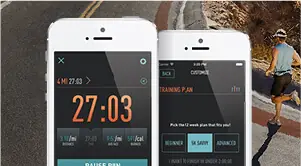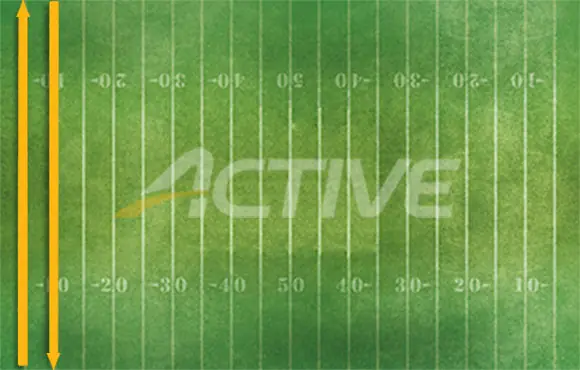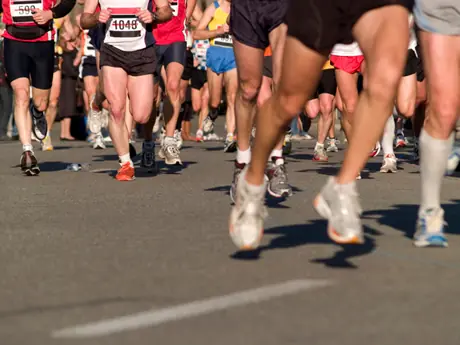Miles 3-15: Patience Through Brooklyn
Your goal for miles 3 through 15 should be conserving energy and hitting the 59th Street Bridge feeling energized and strong.
You should plan on being about 5 to 10 seconds per mile slower than goal pace through this section. If you run conservatively, you'll easily make this time up on the second half.
As soon as you enter Brooklyn coming off the Verazano Bridge, the crowds are going to be boisterous and the adrenaline is going to surge. Because you're tapered, marathon pace will feel super easy.
The number one mistake runners make is getting caught up in the emotion here and running faster than goal pace. Block out the crowds and focus on your internal pacing and your own race.
The best strategy is to feel that the pace is too slow through Brooklyn and holding back until coming down the other side of the bridge just past half marathon.
Your overall cumulative pace should be about 60 to 90 seconds off cumulative goal pace at 15 miles.
It is important on the uphill section of the bridges, particularly the Pulaski and the 59th Street Bridge, to think about maintaining a consistent effort but not to attempt to maintain the same pace. Let the pace slow a bit, but not the effort. Keep it the same.
More: 10 Best Running Cities in the U.S.
Miles 16-20: First Avenue
Coming off the Queensboro Bridge and onto First Avenue is perhaps the most thrilling experience in marathoning. The crowds are huge and it feels like you're running through a wall of sound. In addition, the entire run down First Avenue is downhill.
You should use these miles to get back a small bit of time you lost on the bridges and the slow start. However, don't go crazy. You don't want to be more than 10 to 15 seconds per mile faster than goal pace on this section.
First Avenue is not a license to speed. Cautiously pick up the pace and let the downhill do most of the work for you. Many marathoners run this section too fast and burn through their glycogen before the final 10K.
Remember, the marathon begins at 20 miles and you're not there yet!
Overall, plan to make up about 40 to 60 seconds during these 3.5 miles on First Avenue.
If you've followed the plan fairly closely so far, you should be right on pace or 30 seconds slow by mile 20. If you're a little slow, that's ok—it's better than being a minute or two fast. Being slow will just give you more energy on the final hills.
- 2
- of
- 3
About the Author
Get ACTIVE on the Go


13.one Half Marathon
Get expert advice and guidance as you progress in your journey to becoming an avid runner.
Available for iOS






Discuss This Article